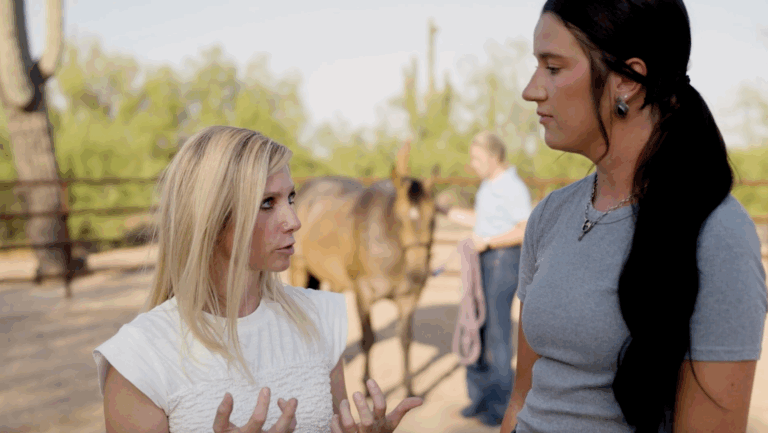
During an equine herpesvirus-1 (EHV-1) outbreak, practitioners might resort to intranasal (IN) administration of an intramuscular-labeled EHV-1 vaccine to help protect exposed horses from infection and possible equine herpesvirus myeloencephalopathy (EHM). At the 2024 American Association of Equine Practitioners Convention, Nicola Pusterla, DVM, PhD, DACVIM, of the University of California, Davis, School of Veterinary Medicine, spoke about herpesvirus-1 immunization, specifically comparing the use of a modified live vaccine (MLV, Rhinomune) administered via the off-label intranasal versus the labeled intramuscular (IM) route.
Study Population
Researchers at UC Davis administered the IM-labeled MLV both intranasally and intramuscularly to compare horses’ antibody responses. The study included 24 healthy, middle-aged horses that received annual EHV-1 vaccines but had not received any vaccine in the previous six months. None of the horses in the study were naïve to developing antibodies to an EHV-1 vaccine.
The horses were assigned randomly to one of three groups:
- MLV EHV-1 IN vaccine group with atomizer.
- EHV-1 IM.
- Unvaccinated group administered phosphorus buffered saline (PBS) diluent.
Antibody Detection
Researchers tested the horses’ blood and nasal secretions for antibodies for five days before vaccination and again at Days 14 and 30 following vaccination. They tested blood and nasal secretions for IgG and IgG4/7, which are neutralizing mucosal antibodies essential for neutralizing viruses at entry into the respiratory tract. Nasal secretions also were tested for IgG1 and IgA. The researchers tested the horses for EHV-1 DNA using quantitative PCR (qPCR) prior to and five days after vaccination.
The nonimmunized control group had no evidence of EHV-1 in blood or nasal secretions. In the IN group, qPCR testing did not detect EHV-1 in blood, but it was detected in nasal secretions of several horses at various time points up to 48 hours. In summary:
- Intranasal MLV EHV-1 was not detected in blood.
- Intramuscular MLV EHV-1 was not detected in blood or nasal secretions.
IN vs. IM EHV-1 Vaccination
The vaccine-derived MLV EHV-1 administered IN was shed for a very short period (up to 48 hours) and only in a small number of horses. Pusterla suggested that preexisting mucosal antibodies from previous EHV-1 immunizations might have neutralized the virus and prevented replication in the upper nasal airways.
Pusterla noted that only the IM-administered MLV impacted the risk of respiratory disease. Nasal and systemic antibody values at 14 and 30 days post-intranasal vaccine administration did not differ from values prior to IN vaccination with the IM-labeled product.
Protection against EHV-1 is mediated through mucosal and systemic immune responses; neutralizing mucosal antibodies (IgG 4/7 and IgG1) are essential to neutralize the virus at entry. Cell-mediated immunity reduces viremia through activation of CD8+ T cells, and that affects sequelae of EHM and abortion. Notably, in this study, not all horses given the vaccine IN surpassed the protective cutoff level for IgG.
Furthermore, Pusterla said following EHV-1 vaccination, EHV-1 in nasal secretions can pose a diagnostic challenge, requiring differentiation by genotyping and blood testing.
Final Thoughts
In summary, he said an increase in systemic anti-EHV-1 antibodies can only be expected with Rhinomune vaccine administered by the labeled intramuscular route. Given IM, it could be used in the event of an emergency outbreak to increase antibody responses that might confer some form of protection. If used intranasally, he suggests splitting a full recommended dose of Rhinomune into two half doses and administering one into each nostril.
However, he reported that the intranasal vaccine route “is suboptimal and should not be used to vaccinate adult horses that have received previous EHV-1 vaccinations and have preexisting antibodies against EHV-1.” In addition, he cautioned against using Rhinomune MLV off label in pregnant mares.
Related Reading
- EHV-1: Panic, Preparation, and Poise
- EHV-1: Current Vaccines, Challenges, & Future Directions
- Kester News Hour Hot Topics: Melanoma, EHV-1, and Lyme Disease
Stay in the know! Sign up for EquiManagement’s FREE weekly newsletters to get the latest equine research, disease alerts, and vet practice updates delivered straight to your inbox.




